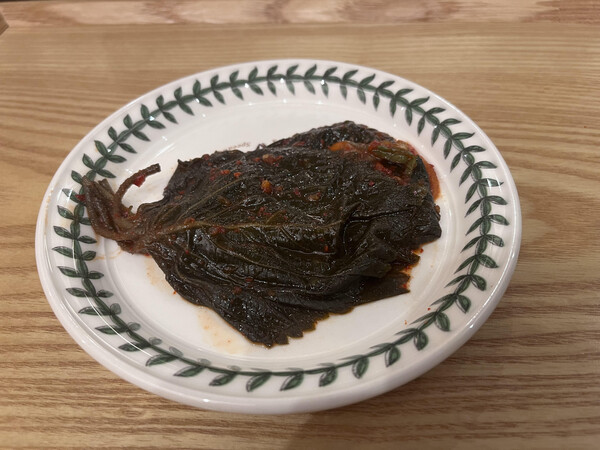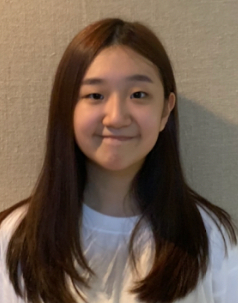
The Perilla leaf debate, whether it is appropriate for one’s significant other to help peel the perilla leaf of a friend, has become a hot and controversial topic in South Korea.
According to psychiatrist Lee Boon Hee, the reason for this controversy lies in different attachment styles.
The scenario for the perilla leaf debate occurs when one goes to a restaurant with their friend and their significant other.
The friend sitting in front of one’s romantic partner struggles to separate the pickled perilla leaves and eventually the partner decides to help the friend out.
Erin Son, a rising Senior at SFS (Seoul Foreign School) provided a complex perspective as she said it would depend on whether her significant other is holding the perilla leaf down or peeling the leaf and placing it on her friend’s dish.
Erin said holding down the leaf with chopsticks is part of table manners but skinning the leaf and placing it on her friend’s plate is crossing the line.
However, Christy, another rising Senior at SFS, said that she would not mind at all and found it strange that her significant other would ignore someone who is struggling
Her opinion also did not change on whether her significant other was holding down the perilla leaf or peeling it off and placing it on her friend’s plate, unlike Erin.
Similarly to Erin and Christy, many were divided with one side mentioning that they do not see the problem in it and the other side finding it uncomfortable.
The two conflicting opinions caught the attention of many Koreans and the debate has appeared in Korean media such as Running Man, a popular 12-year reality variety show, and even the boy group BTS has voiced their opinions on the debate.
To understand the controversy and reason behind such different answers to the debate, psychiatrist Lee Boon Hee, who currently works at the Heart to Heart psychiatry in Seoul, provided her insight.
To summarize her response, the reason people have such different answers to the Perilla leaf can be explained by attachment theory.
Attachment theory focuses on the relationships and bonds between people, such as the relationship between romantic partners.
Attachment theory states that everyone has different levels of trusting oneself as well as others when in a relationship, dividing people into 4 attachment styles: anxious, avoidant, fearful, and secure.
Depending on these attachment styles, people experience different levels of jealousy.
For example, someone with an anxious attachment style has lower self-esteem and needs constant reassurance in a relationship.
Thus, those who have an anxious attachment style are more likely to feel worried or uncomfortable about their partner holding down the perilla leaf.
On the other hand, those who have a stable attachment style have higher self-esteem and show trust and flexible behavior in a relationship.
Someone with a stable attachment style would not be as bothered or worried about their partner helping out peeling the perilla leaf.
Attachment styles are developed at a young age and are also significantly influenced by one's relationship with their parents.
Those who had a stable and loving relationship during childhood mostly develop stable attachment styles while those who had an unhealthy relationship with their parents develop other attachment styles.
Thus, the controversial perilla leaf debate may also provide a glimpse into one's attachment style, showing how much they trust themselves as well as others in a relationship.

Esther Rhee
Grade 11
Seoul Foreign School

